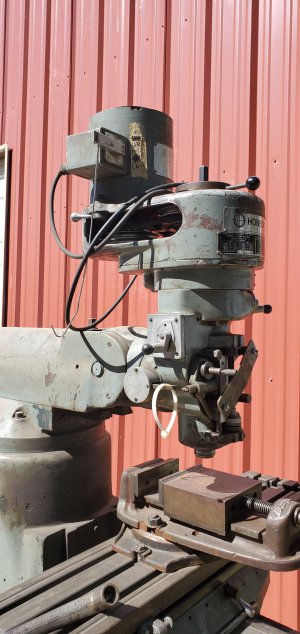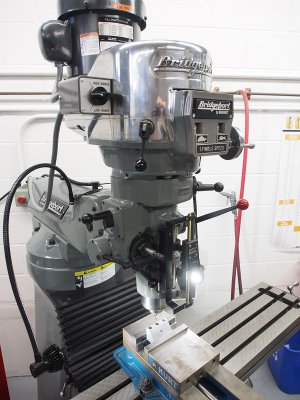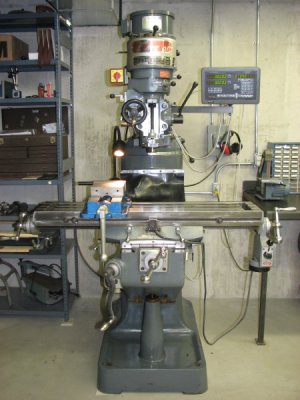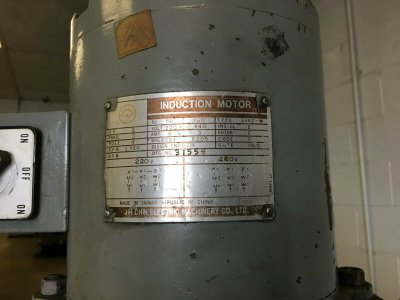- Joined
- Jun 8, 2016
- Messages
- 603
I have a B'port clone knee mill, the switch is a "FWD-OFF-REV" 3 position rotary/drum type switch located on the motor itself, you can see it here:

I will be doing some refurb on the machine, and I am concerned about the switch location. I dont like the idea of reaching up and over to get to it, and I dont like the idea of using a long handle to actuate the switch. I would like to move it. Something like the location on these:


To make it a bit harder, the switch I have has a broken face mounting plate. I could make it work, but perhaps a new one is in order. To that end is there anything special about getting a new switch?

I will be doing some refurb on the machine, and I am concerned about the switch location. I dont like the idea of reaching up and over to get to it, and I dont like the idea of using a long handle to actuate the switch. I would like to move it. Something like the location on these:


To make it a bit harder, the switch I have has a broken face mounting plate. I could make it work, but perhaps a new one is in order. To that end is there anything special about getting a new switch?


